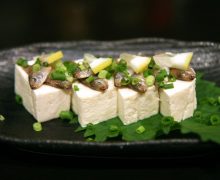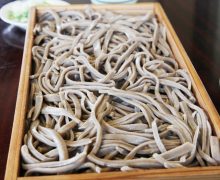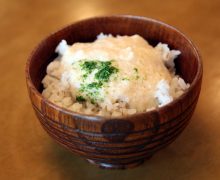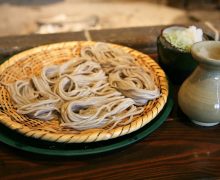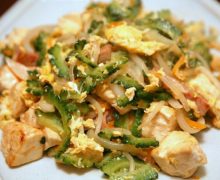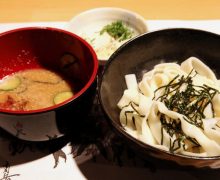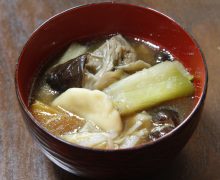Oyaki
What is Oyaki?
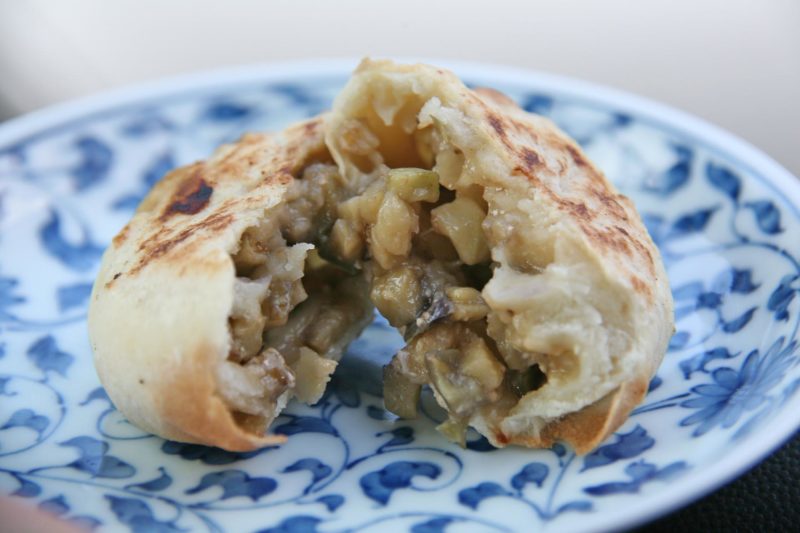
Oyaki (おやき) is,
1. a dough made from wheat or buckwheat flour with water (hot or cold water) or other ingredients, in which an “An” (filling) such as Nozawana, pumpkin or red bean paste is wrapped and cooked. It is known as Nagano’s local cuisine and soul food.
Depending on the region, it is also known as Yaki manju (baked manju), Mushi manju (steamed manju), Chanoko, Chanako, Anbu, Anbo, Harikoshi (Harikoshi Manju ), etc.
It is said to have been made and eaten by ordinary households mainly in the Hokushin and Azumino regions of Nagano Prefecture, steamed in the ashes of a sunken hearth as a daily meal eaten between farm work and at weddings and funerals, and then spread throughout the Shinshu region over time.
It is now produced and sold in more than 300 places in Nagano Prefecture, including speciality shops, supermarkets, confectionary shops, souvenir shops, roadside stations, drive-ins, parking areas, local restaurants, restaurants, food stalls and kitchen cars, and is widely enjoyed by local people, tourists and business people alike as a ‘taste of Shinshu’.
There are many variations in terms of ingredients, appearance, etc., depending on the region and household, including those baked in roasting pans, griddles, frying pans, flat pots, hot plates, ovens and microwave ovens, those steamed in wooden or bamboo steamers (steamed), those baked and then steamed, and those fried in oil.
The filling can be made from vegetables such as aubergines and pumpkins, wild vegetables, Nozawana and Azuki beans, as well as newer ones such as curry-flavoured ones, potato salad, tomatoes and cheese.
The main ingredients used in bean paste include aubergine, pumpkin, burdock root, carrot, Nozawana, fava beans, chives, sweet potato, wild vegetables, bamboo shoots, green soybean, mushrooms such as shiitake, shimeji and maitake mushrooms, meat, walnuts, fuki miso, leek miso, aubergine miso, spicy radish, radish, hijiki, dried radish, okara etc.
Often made by stir-frying or boiling in advance, seasoning with soy sauce, Miso, Sake, sugar, etc., and then wrapping in a skin.
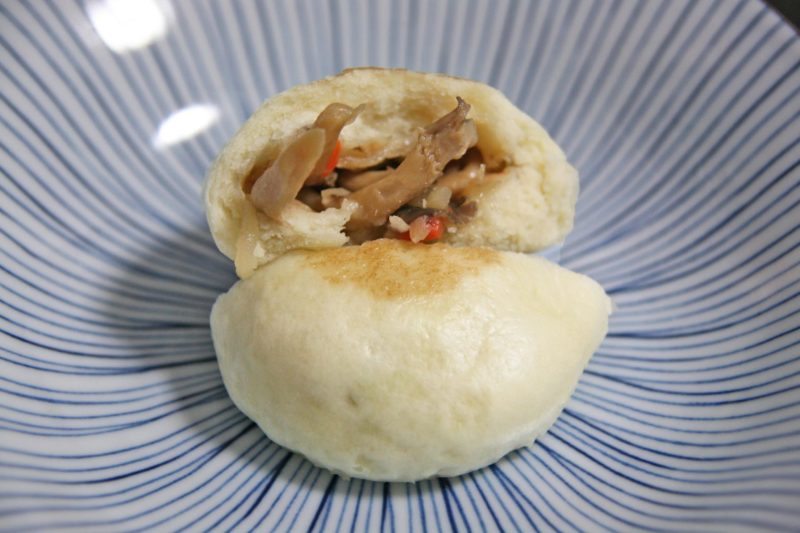 Oyaki with kinpira gobo (fried burdock root)
Oyaki with kinpira gobo (fried burdock root)
2. dough made by adding sugar, eggs, etc. to wheat flour, placed in a mould and baked with azuki bean paste, custard, cheese, etc. inside. Called ‘Imagawa-yaki’, ‘Oobanyaki’, ‘Kaiten-yaki’, etc. in other regions. Name used mainly in Hokkaido and Iwate.
3. made and eaten in Narusawa village, Yamanashi prefecture. It is flat, round and filled with ingredients. In addition to using the local traditional vegetable ‘Narusawa-na’ (Narusawa rape), other types include pumpkin, dried radish and azuki bean paste.
4. food made from Taro and flour. Sometimes mugwort is added. Depending on the region and household, pumpkin or potato is used, and minced meat or vegetables are sometimes used as bean paste. It has been eaten as a snack and light meal mainly in Tottori and Shimane prefectures. When eaten, it is dipped in kinzanji miso (soybean paste), soybean flour or sugar and soy sauce. There is also a sweet version with red bean paste.
5 Mochi (or dough made from koshinko) with mugwort and azuki red bean paste wrapped in it and baked. One of the Japanese confectioneries. Known as a speciality and famous confectionery of Katsuyama, Fukui Prefecture.
6. baked dough made from wheat, rice or buckwheat flour. Some are filled with vegetables or potatoes. The dough is seasoned and baked, and is often eaten as it is, or with soy sauce or sugar, or with miso (sweet miso) containing sugar. One of the rustic snacks, snacking and light meals eaten in various regions.

